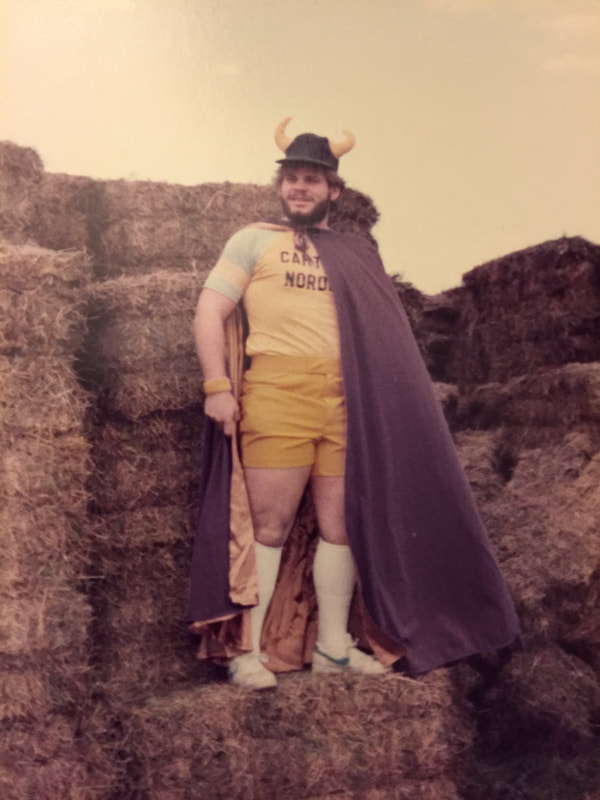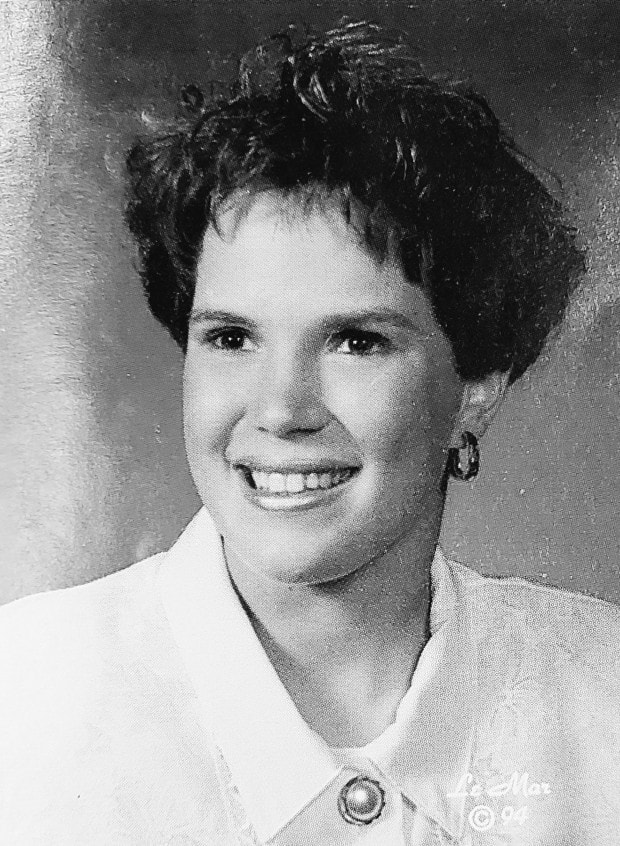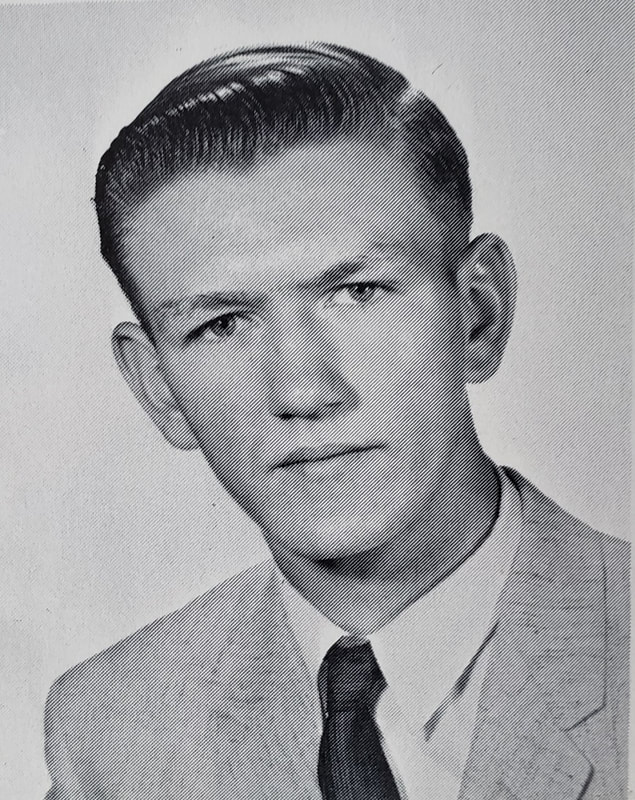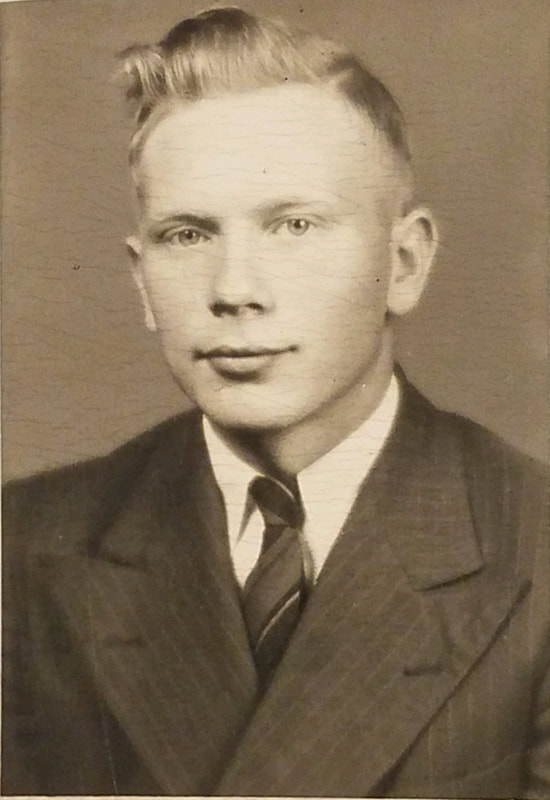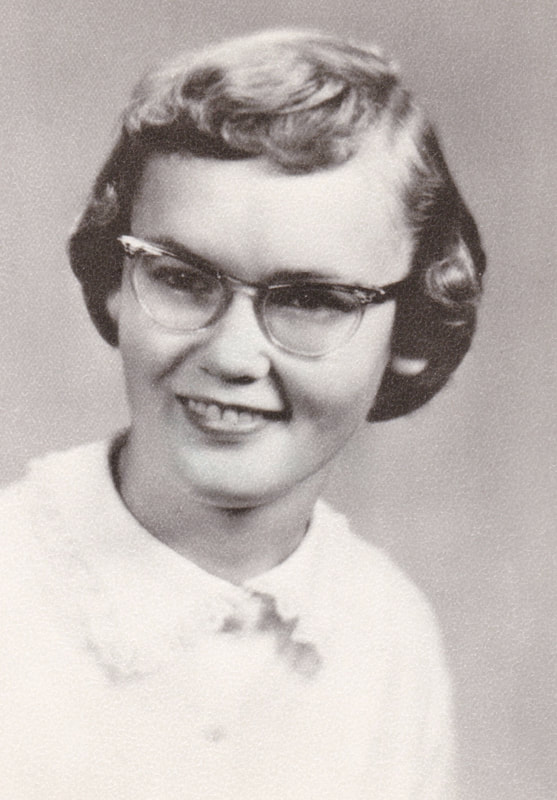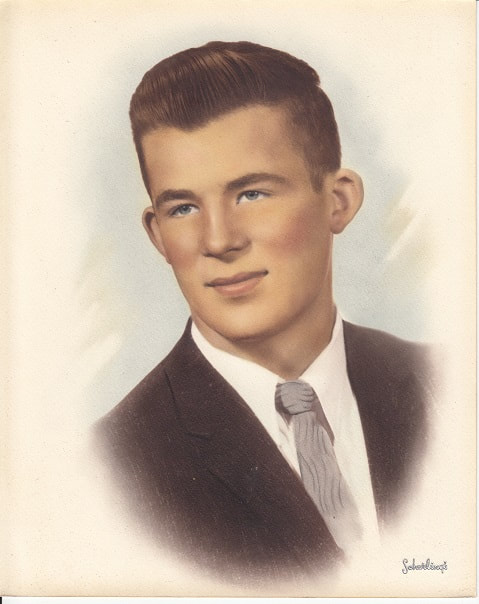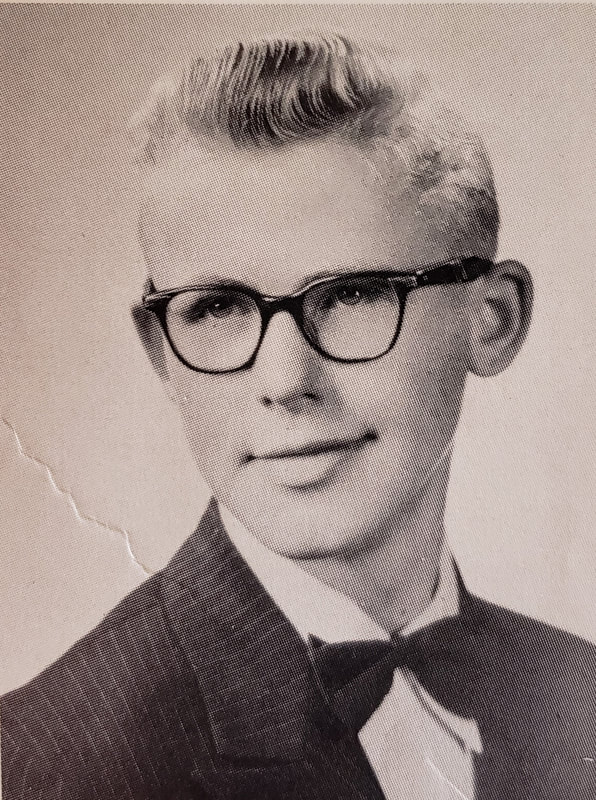the Continuing Saga...
We invite you to renew your friendship with...
Kyle Halvorson
|
“Excellence is the gradual result of always striving to do better.” - Pat Riley
It is the experiences and the influential people on our journey through life that make us who we are today. I thank my teachers and coaches at Marshall County Central for instilling in me the drive to do better each day.
I am Kyle Halvorson, a proud MCC graduate from the class of 1996. Basketball is one of my fondest memories growing up in Viking and Newfolden. Whether playing or spectating I loved the game for all that it is and the lessons it would teach me to prepare for the world. There are 2 teachers that I must give a shout out to: Mr. Jorgenson, I still love math and statistics to this day! Mr. Warne, I hated 2-mile Mondays but loved the defensive basketball drills! I had the best friends and teammates in my time as a Nordic. Growing up in a small town you are not just a number, you will have the support of family and friends with you always.
I married Kimberly in 2001; We lived in Moorhead where I worked for Tharaldson Communications. There I installed phone systems and Wi-Fi in hotels across the country. Traveling to 26 states in 4 years was quite an experience for a small-town kid that had never been on a plane until then. I moved into the office as our family grew and remained with Tharaldson Communications for 3 more years. In 2007 I took a job with Polar Communications, and in 2010, we moved to Park River ND. We have 3 children: Katelynn, 24, works here, in Park River, Gavinn, 20, is in his 3rd year at UND studying accounting, and Hannah, 18, is in her 1st year at Northland in Thief River studying Marketing and Management while playing basketball. Go Neers! Kimberly works at 2 different businesses, as a florist and administrative assistant.
As I mentioned above, I have worked for Polar Communications since 2007. We are a Broadband Company that also provides many other services such as IT support, surveillance/alarm systems, phone systems and more. I have worn many hats including Area Service Tech, Network Tech, Customer Service Supervisor, Chief Business Development Officer, and Business Services Supervisor. I am a team player, willing and able to do whatever the company asks. My office is plastered with inspirational quotes and funny memes, and there is never a dull day. Again, I thank my teachers and coaches at MCC for providing me with the tools needed to be adaptive and to never stop learning.
When we moved to Park River, I wanted to be sure my children understood what it means to be from a small community. I wanted them to be as proud of their hometown as I am of mine. In 2010 I became a member of the park board where I revived the youth basketball program. With help, I mentored and coached kids K-6 as well as coaching my son and daughters traveling basketball teams. My favorite memory of this was a Crookston tournament where the girls took 1st, and the boys took 3rd all in the same weekend. I will always have a special place in my heart for those kids and all the memories we share. By 2011 I was Park Board President, served for another 5 years, then in 2016, I set my sights on City Council. I am currently the Council President and senior member. I look forward to continuing to model taking pride in our small town way of life. I believe deeply that our town of Park River should continue to be a catalyst for success for its youth in the same way that my small town of Viking was a catalyst for my success. I’ve learned so much from when I started and have met so many great people who are willing to put in the work to better their community.
My family and I have enjoyed many summer vacations at Pelican Lake. We love Duluth, have taken a few trips to Florida and Arizona, and I always make sure to get back to my hometown for deer hunting. This year as I drove through Newfolden I was very excited to see the new addition to the school that the kids and staff will get to enjoy for years to come!
Some of our future plans include following our daughter as she plays for the Northland Pioneers over the next 2 seasons. There is also a good chance that I will run for Mayor of Park River in 2026. If I run into any alumni or staff on my journey, please take time to shake my hand and catch up with me for a bit. There will always be a deep connection to my days spent at Marshall County Central high school. I appreciate the opportunity to continue the saga.
“It is good to have an end to journey toward; but it is the journey that matters in the end”. - Ernest Hemingway
It is the experiences and the influential people on our journey through life that make us who we are today. I thank my teachers and coaches at Marshall County Central for instilling in me the drive to do better each day.
I am Kyle Halvorson, a proud MCC graduate from the class of 1996. Basketball is one of my fondest memories growing up in Viking and Newfolden. Whether playing or spectating I loved the game for all that it is and the lessons it would teach me to prepare for the world. There are 2 teachers that I must give a shout out to: Mr. Jorgenson, I still love math and statistics to this day! Mr. Warne, I hated 2-mile Mondays but loved the defensive basketball drills! I had the best friends and teammates in my time as a Nordic. Growing up in a small town you are not just a number, you will have the support of family and friends with you always.
I married Kimberly in 2001; We lived in Moorhead where I worked for Tharaldson Communications. There I installed phone systems and Wi-Fi in hotels across the country. Traveling to 26 states in 4 years was quite an experience for a small-town kid that had never been on a plane until then. I moved into the office as our family grew and remained with Tharaldson Communications for 3 more years. In 2007 I took a job with Polar Communications, and in 2010, we moved to Park River ND. We have 3 children: Katelynn, 24, works here, in Park River, Gavinn, 20, is in his 3rd year at UND studying accounting, and Hannah, 18, is in her 1st year at Northland in Thief River studying Marketing and Management while playing basketball. Go Neers! Kimberly works at 2 different businesses, as a florist and administrative assistant.
As I mentioned above, I have worked for Polar Communications since 2007. We are a Broadband Company that also provides many other services such as IT support, surveillance/alarm systems, phone systems and more. I have worn many hats including Area Service Tech, Network Tech, Customer Service Supervisor, Chief Business Development Officer, and Business Services Supervisor. I am a team player, willing and able to do whatever the company asks. My office is plastered with inspirational quotes and funny memes, and there is never a dull day. Again, I thank my teachers and coaches at MCC for providing me with the tools needed to be adaptive and to never stop learning.
When we moved to Park River, I wanted to be sure my children understood what it means to be from a small community. I wanted them to be as proud of their hometown as I am of mine. In 2010 I became a member of the park board where I revived the youth basketball program. With help, I mentored and coached kids K-6 as well as coaching my son and daughters traveling basketball teams. My favorite memory of this was a Crookston tournament where the girls took 1st, and the boys took 3rd all in the same weekend. I will always have a special place in my heart for those kids and all the memories we share. By 2011 I was Park Board President, served for another 5 years, then in 2016, I set my sights on City Council. I am currently the Council President and senior member. I look forward to continuing to model taking pride in our small town way of life. I believe deeply that our town of Park River should continue to be a catalyst for success for its youth in the same way that my small town of Viking was a catalyst for my success. I’ve learned so much from when I started and have met so many great people who are willing to put in the work to better their community.
My family and I have enjoyed many summer vacations at Pelican Lake. We love Duluth, have taken a few trips to Florida and Arizona, and I always make sure to get back to my hometown for deer hunting. This year as I drove through Newfolden I was very excited to see the new addition to the school that the kids and staff will get to enjoy for years to come!
Some of our future plans include following our daughter as she plays for the Northland Pioneers over the next 2 seasons. There is also a good chance that I will run for Mayor of Park River in 2026. If I run into any alumni or staff on my journey, please take time to shake my hand and catch up with me for a bit. There will always be a deep connection to my days spent at Marshall County Central high school. I appreciate the opportunity to continue the saga.
“It is good to have an end to journey toward; but it is the journey that matters in the end”. - Ernest Hemingway
Our past Continuing Saga friends.....
click on their picture to catch up with our friends.
click on their picture to catch up with our friends.




